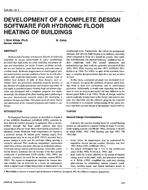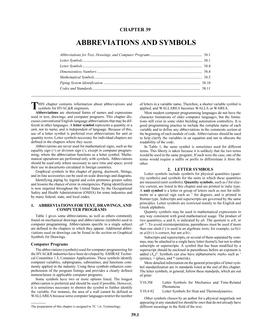Previously conducted pilot investigations at a children’s hospital in Brisbane, Australia, revealed unusual spectral characteristics of fine airborne particles in some of the hospital units, particularly the surgical theaters. The aim of the follow-up investigation conducted in the children’s hospital and in another Brisbane hospital and presented in this paper, was to identify sources responsible for previously detected size characteristics. A simple mathematical model based on the particle number balance equation was applied to predict the evolution in particle characteristics and to assess the effect of filtration and ventilation on the reduction of particle concentration. The conclusions from these studies were that (1) the cleaning procedures did not contribute to airborne particulate in the hospital environment, (2) outdoor particulates were the main contributors to the indoor particulate, (3) filter performance was different in the submicrometer and supermicrometer ranges, (4) the model presented is a reliable and practical tool to predict the evolution of particulate characteristics, and (5) the filtration efficiency of the air-handling system is the most important parameter determining the particulate concentration indoors.
Paper from IAQ 1997 — Design, Construction, and Operation of Healthy Buildings: Solutions to Global and Regional Concerns
Citation: IAQ Conference: IAQ 97
Product Details
- Published:
- 1997
- Number of Pages:
- 8
- File Size:
- 1 file , 82 KB
- Product Code(s):
- D-25160


